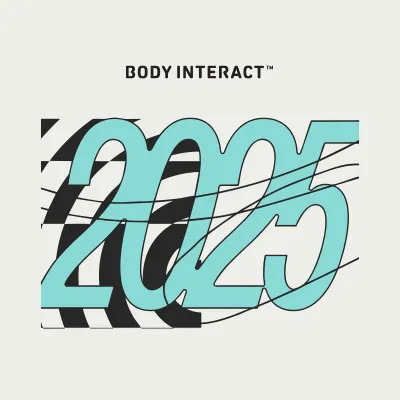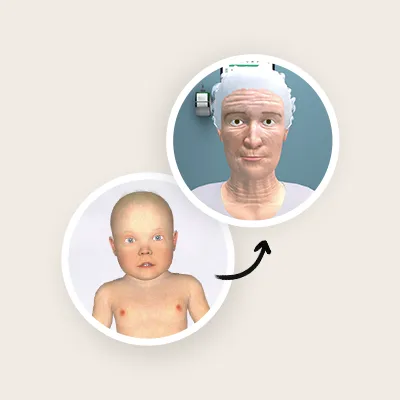Webinar: The Power of Clinical Judgment in Nursing
Ready to elevate your nursing practice with the superpower of clinical judgment?
Nursing is not just about following a set of rules; it’s about a superpower known as Clinical Judgment.
Ana Santa’s recent webinar, “The Power of Clinical Judgment in Nursing,” shed light on this crucial aspect of healthcare. In the webinar it explored the essence of clinical judgment, the importance of clinical judgment and how it serves as the heart of nursing, guiding healthcare professionals through the intricate journey of patient care.
Ana Santa kicked off the webinar by showcasing a video that highlighted the significance of clinical judgment in the field of nursing. Take a look at the video here:
Defining Clinical Judgment
Ana Santa explained that clinical judgment is not just a skill; it’s a promise to provide excellent care. The National Council of State Boards of Nursing sees it as really important, emphasizing its role in learning. It means using what nurses know and thinking carefully to make sure patients get safe and effective care.
As new nurses handle more complex tasks, they need strong clinical judgment. It involves having the right knowledge and skills to think quickly in complex situations. Clinical judgment is like the bridge between what nurses learn in books and what they do to take care of patients, going beyond relying too much on technology.
Why is Clinical Judgment important?
This question was addressed during a webinar, where Ana Santa succinctly outlined the significance of clinical judgment across three fundamental domains:
- Improving patient outcomes with precise diagnoses and timely interventions
- Boosting safety by empowering nurses to foresee and prevent complications
- Maximizing resource efficiency through effective allocation of time, supplies, and resources to optimize patient care
Steps in Clinical Judgment
Entering a room with a patient involves a series of steps, including forming hypotheses, prioritizing them, generating solutions, taking actions, and evaluating outcomes. These steps are essential in translating theoretical knowledge into real-world scenarios. Analyzing cues, recognizing relevant information, and prioritizing hypotheses help nurses make informed decisions for better patient outcomes.
Body Interact as a tool to enhance Clinical Judgment
Ana Santa said that mistakes can be valuable learning experiences, especially when creating a safe space for new nurses to practice clinical judgment. Simulation scenarios, through Body Interact, provide an environment where mistakes don’t compromise patient safety. This safe space allows students to take the lead, practice their skills, reflect on actions, and receive constructive feedback during debriefing sessions.
This continuous feedback loop is crucial for the development of clinical judgment skills helping students understand what went well, what needs improvement, and why.
Q&A Session
The webinar also featured a Q&A session, addressing questions about how clinical judgment contributes to improved patient outcomes, examples of its impact, and ways nurses can enhance their skills. Ana Santa emphasized continuous education, simulation training, reflective practice, and collaboration as key elements in developing and enhancing clinical judgment.
In conclusion, the webinar presented by Ana Santa highlighted the indispensable role of clinical judgment in nursing. It serves as the guiding force that transforms theoretical knowledge into practical, patient-centered care.
As the complexities of healthcare persist, the power of clinical judgment remains the superpower of nurses – a promise to deliver exceptional care!
Join the movement in embracing this transformative force; watch the complete webinar to shape the future of nursing care and ensure unparalleled patient-centered experiences.
Watch the complete webinar here
By Ana Santa









